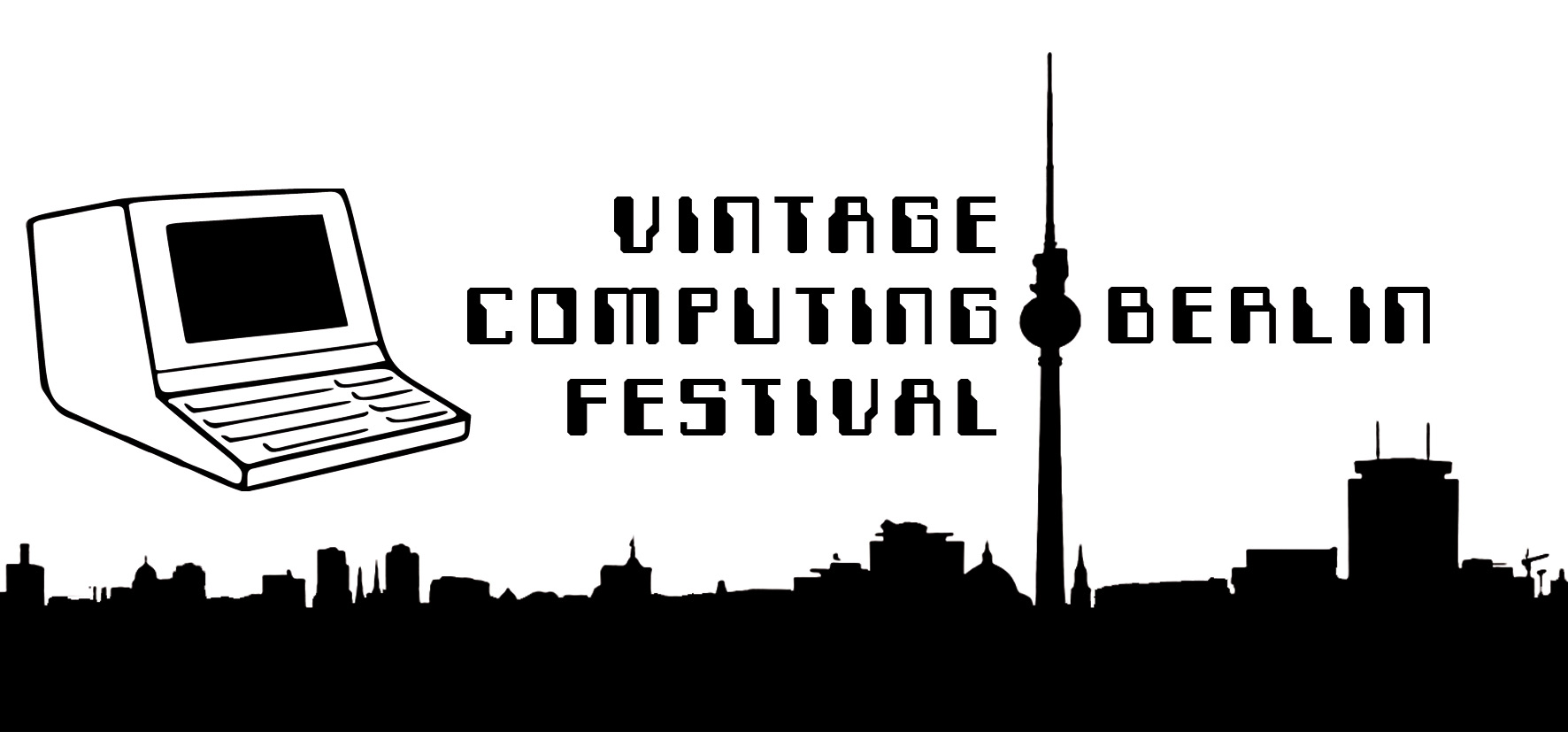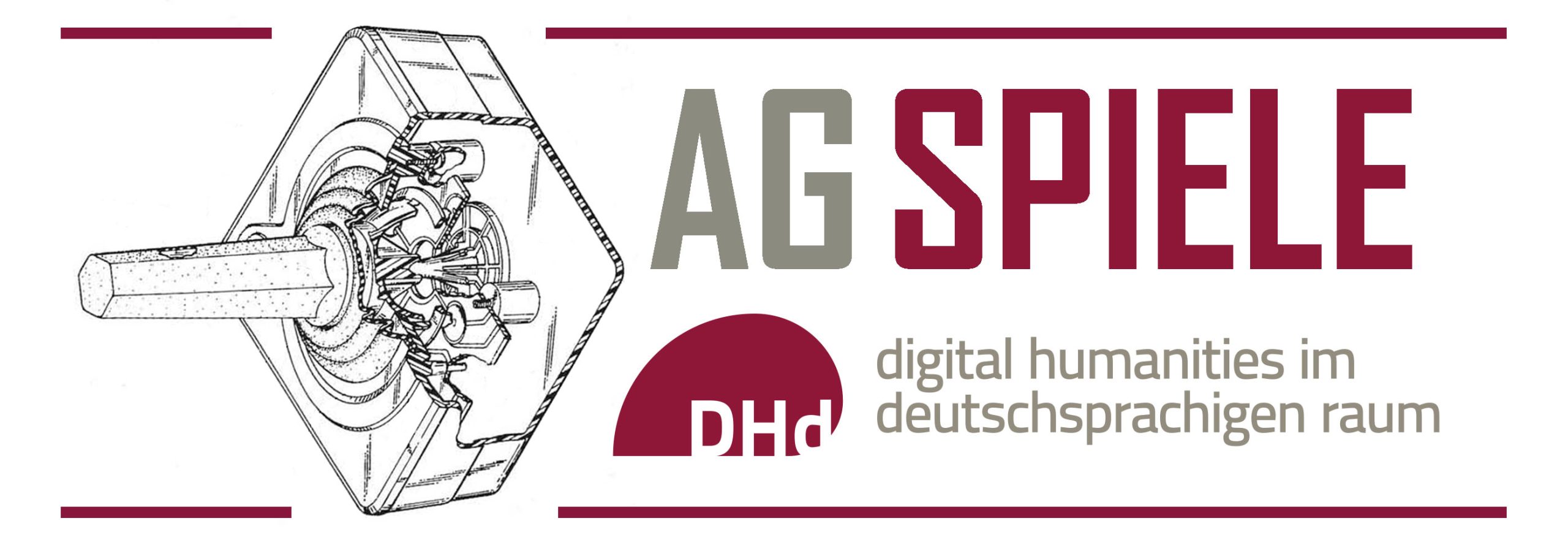Nächste Woche beginnt der zweite Teil meines ArtWare-Seminars an der University of Greenwich. Dort werden dann von den Studenten und mir historische Computergrafik-Kunstwerke in BBC BASIC nachprogrammiert, um aus dem Nachvollzug der Algorithmen ein tiefergehende analytische Erkenntnisse zu gewinnen und den operativen Charakter dieser Kunstform hervorzuheben.
Jussi Parikka hat mich eingeladen an der Winchester School of Art der University of Southampton die Erkenntnisse des Projektes in einem Vortrag vorzustellen:
ArtWare. Computer Archaeological Re-Enactments of Early Computer Arts.
In the autumn term 2018/2019, I was teaching the history, technology, and epistemology of the early cybernetic art (1960s/1970s) at the Humboldt University in Berlin (Media Studies) and the University of Greenwich in London (School of Design). The basic idea was to establish a more or less new method of teaching and researching media theory: the re-enactment, based on the original concept developed by the historian Robert Collingwood in the late 1940s and the ideas of experimental archaeology. By re-enacting hardware and software processes, it will be possible to not only get an insight into technological features that could not be seen on the surfaces of media but also to get an understanding of the “algorithmic thinking” of designers, artists, engineers, and media theorists. After starting with a close reading of the theories of rational aesthetics (Bense/Nees) and of media archaeological thinking about computer graphics (Kittler) we continued to study the specific mathematics, technologies (computers, peripherals), artworks, and algorithms of some cybernetic artists: Frieder Nake, Georg Nees, Herbert W. Franke, A. Michel Noll, Manfred Mohr, David Cohen and others. The acquisition of an easy-to-learn programming language and the re-programming of artworks with modern computers was the goal of this second half.
The talk will recapitulate the teaching processes in Berlin and London and will show some of the outcomes (re-enacted codes and artworks) of the students – compared with their originals. From this, I will derive the methodology of “radical media” and computer archaeology as Wolfgang Ernst has used the term. Methods like programming, soldering, tinkering, “carpentry” (Bogost) and other practices shall be discussed as a form of “making theory” and “media history criticism”.




